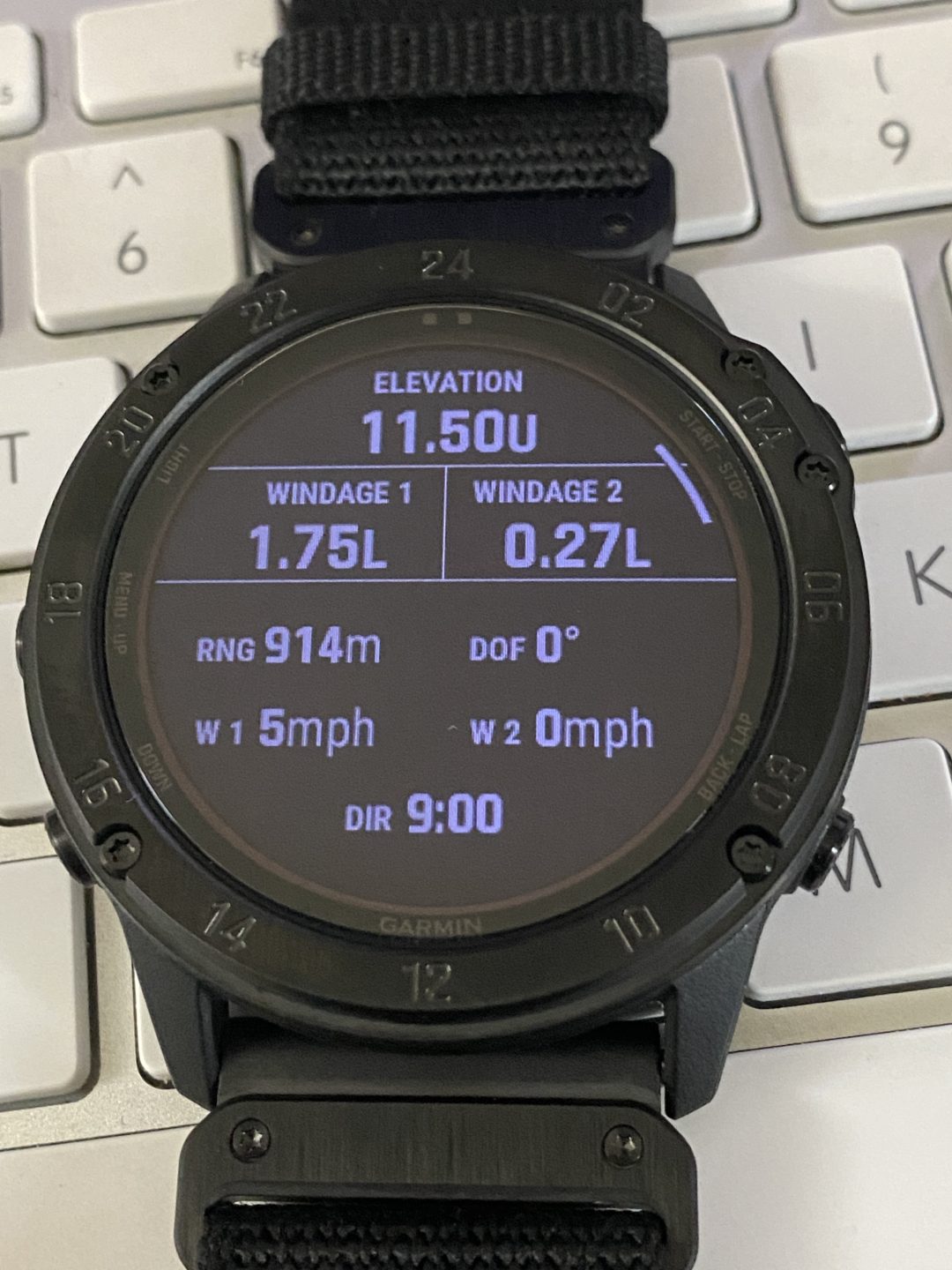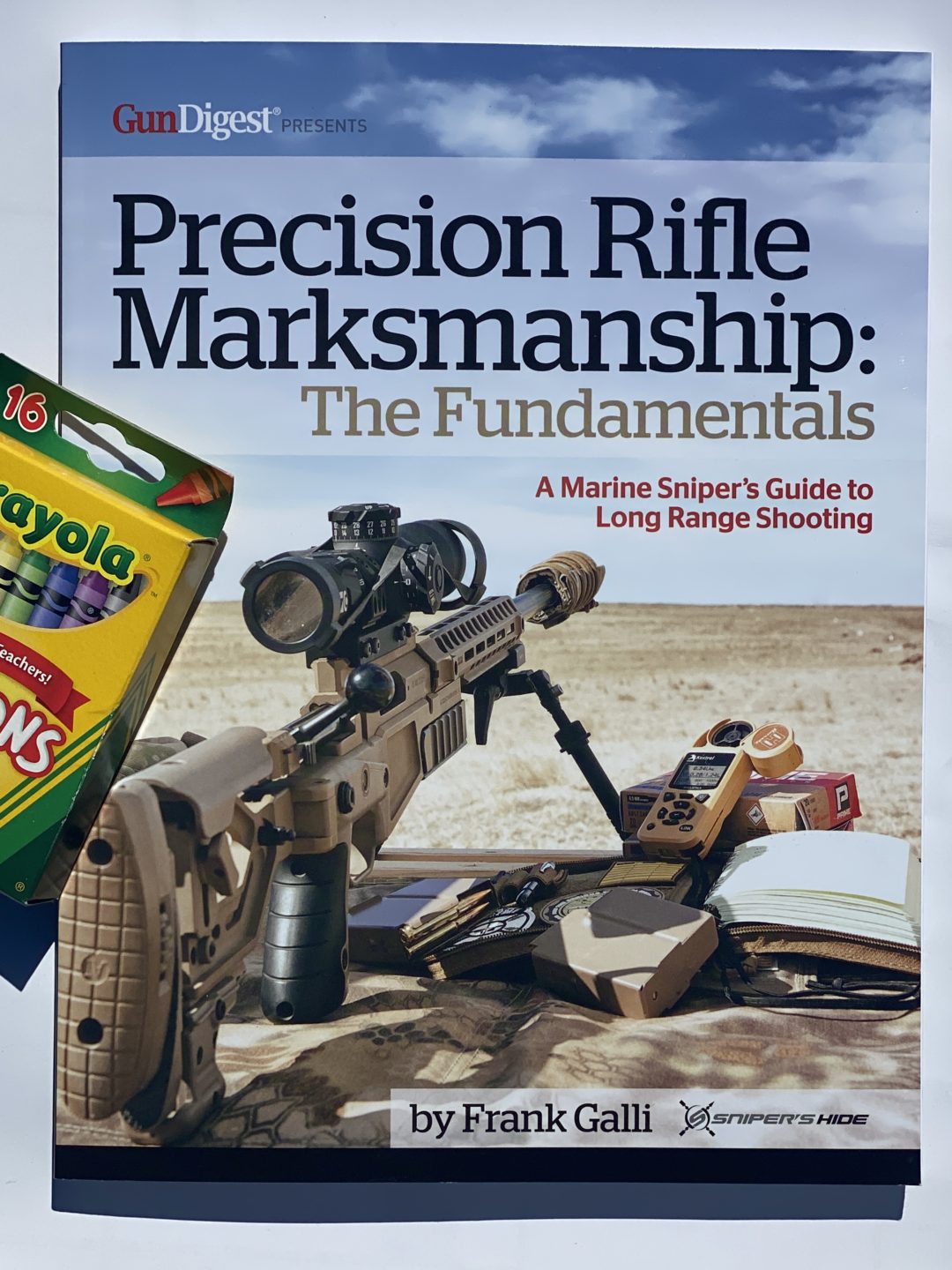Understanding what your Ballistic Program is doing.

We all have our favorite ballistic program we prefer to run. Whether it’s on our phone, watch, Kestrel or other dedicated device, the program is with us every time we are shooting. Each range trip we get the device out, update the environment, input our target distance, dial our scope, shoot the target and if done correctly, we hit the target. We hit targets at incredible distances in different weather conditions or physical locations because our ballistic program tells us what to do. Have you ever wondered what that magic little program in the box is actually doing? Most shooters, especially new shooters, read the shooting solution from the ballistic program and blindly use it yet never truly understanding what changes that data and when the inputs really matter.
Before we begin
First, we must understand that we need to “true” our software to what our rifle is doing. If we shoot the target and need 3.5 mils (12.0 MOA) to hit at 600 yards, we need to adjust our ballistic program to show the same 3.5 mils. Ballistic programs are not meant to magically give us our drop information straight out of the box. We must true the program to the weapon system. After the truing is done, the real function of the ballistic program can be used.
The intended purpose of a ballistic program is to adjust our shooting solution for the changing atmospherics and location at which we are shooting. As the temperature rises, the solution (mils of drop) is a little less than when the weather is cold. If we rise 5,000 feet in elevation, our solution is different from where we started. Shooting in the winter and summer have different ballistic solutions. This is the real function of the ballistic program: to provide a ballistic solution under different environmental conditions.
How can we understand what the program is doing? I’m not talking about the technical calculations it’s performing but rather the end result, the output data. What is changing the output come-up and by how much? We can study the concepts of what affects our bullet: hot vs cold, humid vs dry, barometric pressure and elevation changes. But, how do we understand what this will really do to our bullet path and to our ballistic program results? An eye opening simple exercise is to fill out density altitude data sheets and change one variable at a time on each sheet to see the effect.
Here are several different density altitude sheets for my 6.5 Creedmoor shooting 130g ELDs at 2900 feet per second. On each sheet I have changed one variable (value in red) to better understand how much it affects the program output or the come-up. The blue line represents a 0.1mil (0.3 moa) change in drop and the red line is 0.2 mil (0.7 moa) change in drop from my home range environment which is the shaded column near the center.
Atmospheric Changes
Temperature – Changing temperatures will affect our bullet path the most. Most shooters have never taken the time to find out how much it will change the path or at what distance it starts to take effect. The chart below shows I need to have more than 800 yards of distance or a change of 30 degrees F to have a 0.2 mil (0.7 moa) change in my bullet path. That is 5.8 inches of change at 800 yards.

Pressure – Pressure changes due to weather or altitude can affect our bullet path. This chart shows I need around 1,000 yards of distance to start thinking about it affecting my bullet path.

Density Altitude (DA) – Density altitude is combining the changes of the temperature and pressure. The chart below shows I need 700 yards of distance and change more than 2000 DA to start affecting my bullet path enough to worry about it.

These charts will be slightly different for any combination of caliber, rifle, and ammunition. Try this for your rifle to see what you find.
What we can truly learn from this is when and how far these environmental changes start to affect our bullet path. It can show us when we need to start thinking about these things. If I am shooting 300 yards do I need to take this into account? What about 800 yards? If we can accept being +- 0.2 mils (~0.7 moa) of error we will see my 6.5 Creedmoor will need to shoot past 900 yards with a temperature swing of 30 degrees to start making an effect. We can start to make mental notes about how much elevation change, temperature change or pressure changes we can absorb without needing to change our ballistic data. Or be able to recognize when it’s time to refer back to the ballistic program and update our environmentals to get a better ballistic solution.
Understanding what comes out of our little magic box (program) is important. It’s even more important to understand what is going into that magic box to make the drop data change. We want to understand how much change or distance will affect our ballistic solution. After doing this exercise I know my bullet path will not change considerably when I’m shooting 400 yards if it’s 20 Degrees in winter or 80 degrees in summer. This ultimately helps me diagnose errors in my shooting or weapon system if something starts to go wrong. I can quickly address a high or low impact by having a basic knowledge of what my system will do under today’s conditions. Was the error me, the rifle, ammunition or the ballistic solution? Now I can eliminate or blame the computer.
At a minimum, I won’t be that guy at a competition twirling my Kestel to update my environment at every stage.
Ted Hoeger – @Jackmaster
Don’t forget to check out our Book, Precision Rifle Marksmanship


